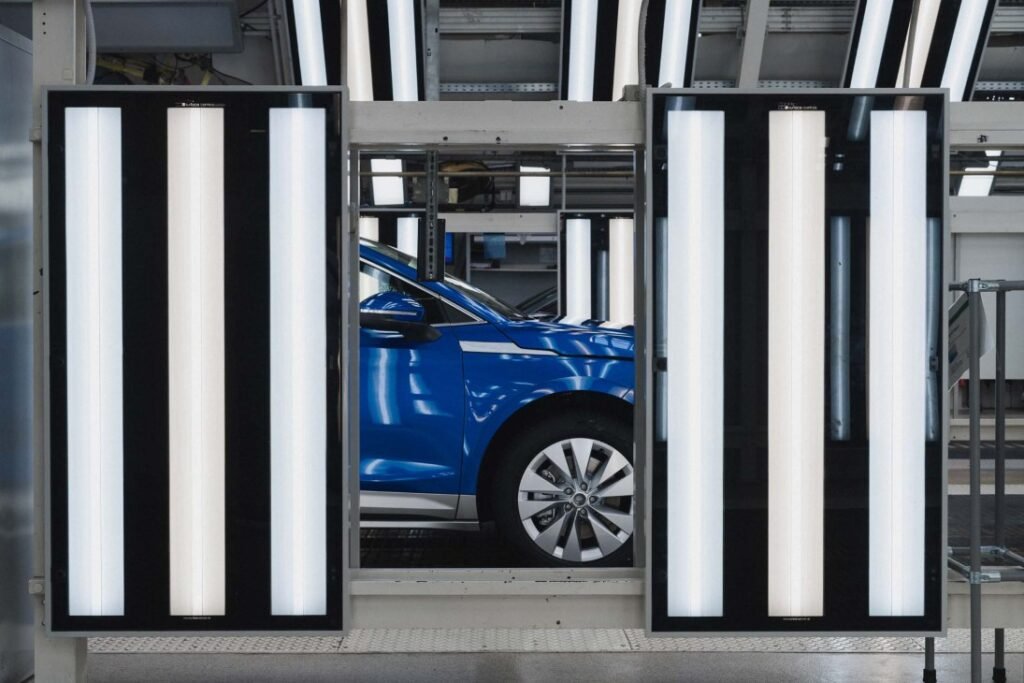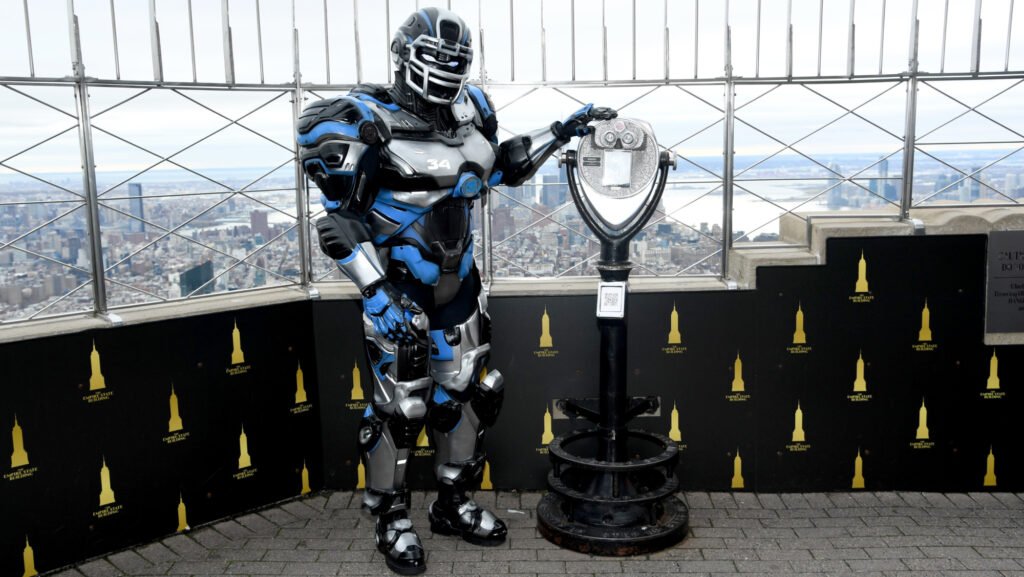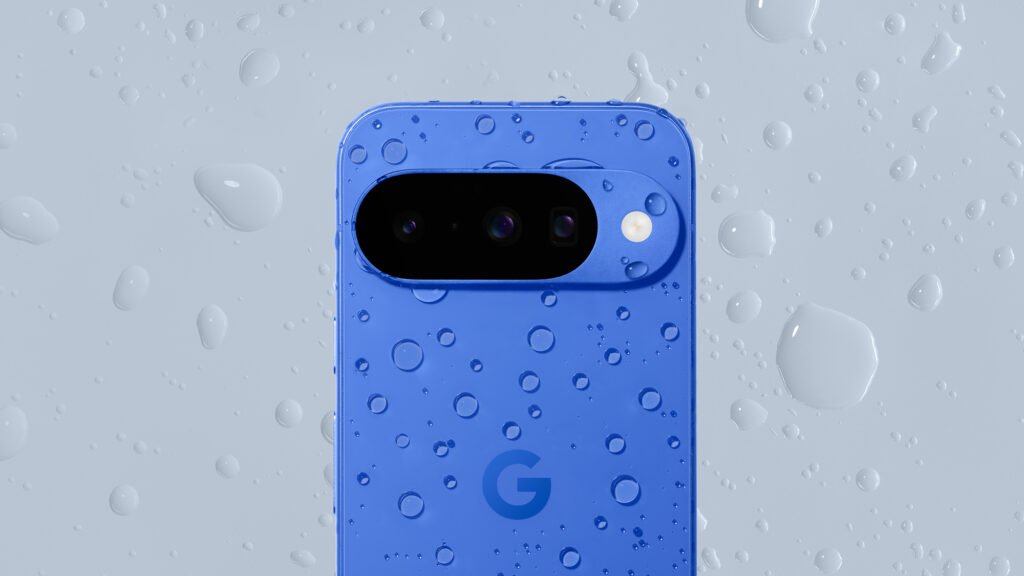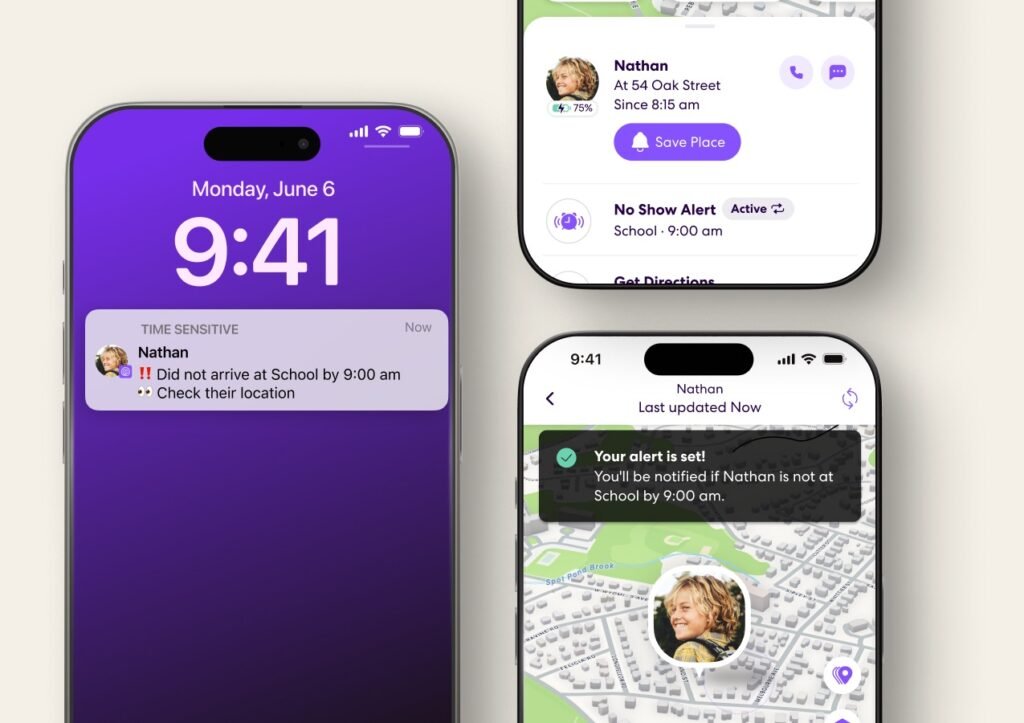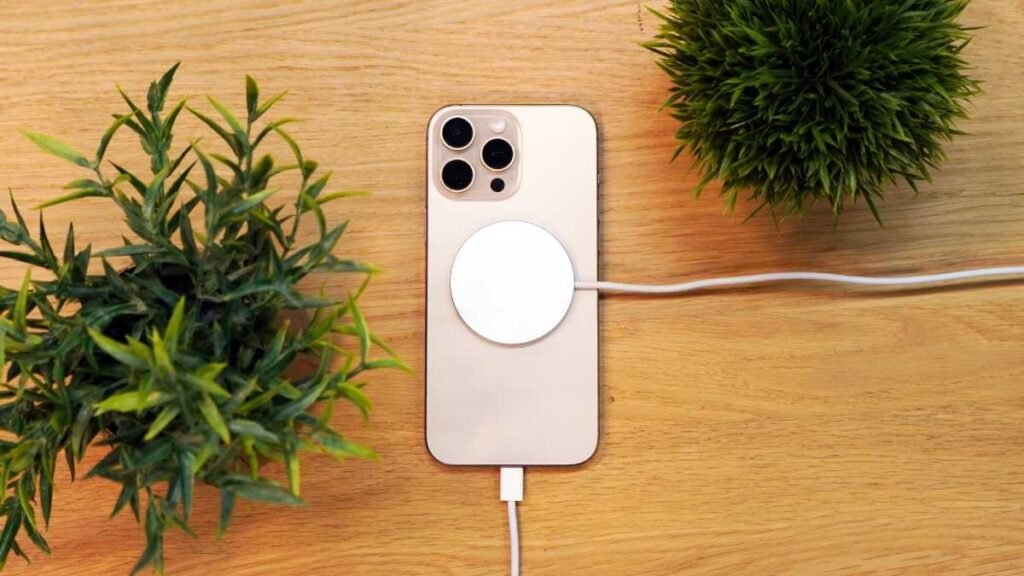Google has only gone and done it. Following plenty of speculation, the company has confirmed that its new Pixel 10 series will be the first major Android handsets with Qi2 wireless charging built in.
Until now, the only phone with the technology was the HMD Skyline, a mid-range device that was never likely to get much attention. Other smartphones, such as the OnePlus 13, have supported Qi2, but only via a case.
Of course, this is nothing new for iPhone users, who have been able to enjoy the benefits of Qi2-powered MagSafe on their phones for five years. Google’s Pixelsnap isn’t an exact replica of Apple’s system, but the two have a lot in common.
Essentially, it consists of a ring of inbuilt magnets that allows wireless chargers and other accessories to seamlessly snap into place (hence the name). Rather than trying to find exactly the right position for wireless charging, magnets will do the work for you.
It might not sound like much, but it could have wide-ranging implications for Android phones and the smartphone industry in general. Here’s what I’m expecting to change as a result of Pixelsnap’s introduction.
Lots more Android phones will get built-in Qi2
The launch of Pixelsnap is likely to turn up the heat on other Android phone makers – especially those with upcoming flagship handsets.
Google might not have a huge smartphone market share, but it is a very influential company. It also makes the underlying Android software that all these other companies use, of course.
So, it’d be a bit weird if Samsung launched the Galaxy S26 series without built-in Qi2 support, although we wouldn’t expect it on the ultra-slim Galaxy S26 Edge.
And after the OnePlus 13 had Qi2 support via a case, why wouldn’t the upcoming OnePlus 15 get the full version? The likes of Xiaomi, Oppo and Honor will all be under pressure to follow suit.
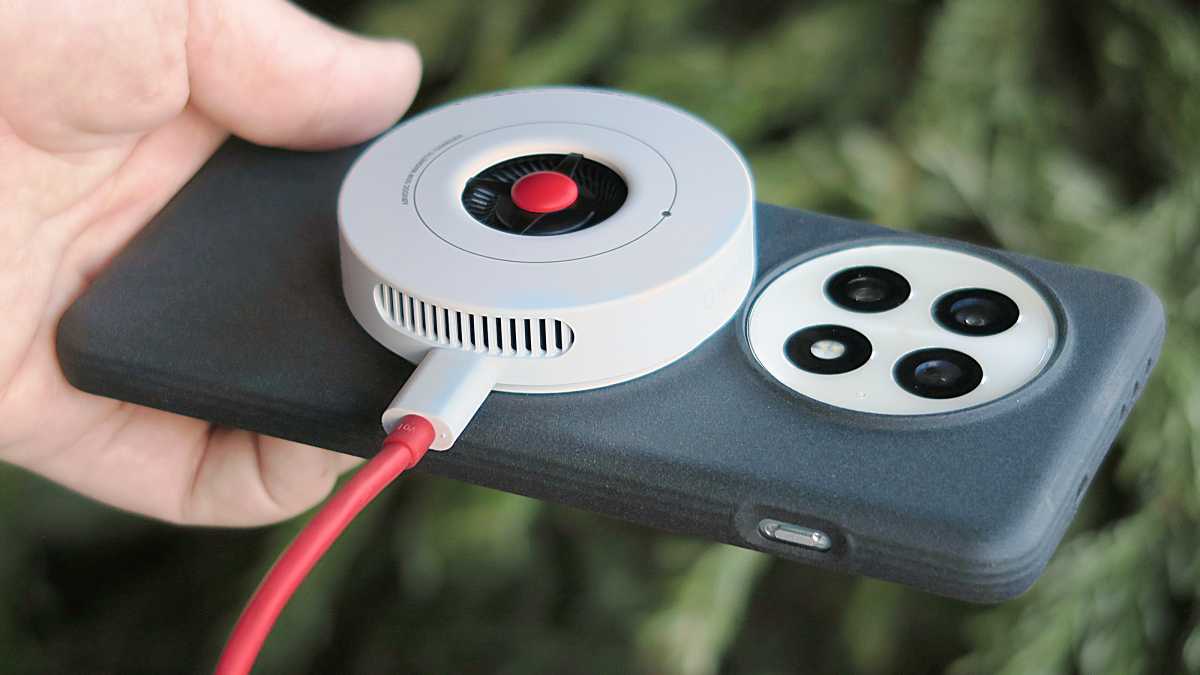
Foundry | Alex Walker-Todd
The third-party Qi2 market will explode (not literally)…
Since MagSafe launched on the iPhone in 2020, an extensive third-party accessory market has built up around it.
But remember, most smartphone users around the world don’t have an iPhone. According to StatCounter, Android phones had a 72% global market share as of July 2025.
While Pixel 10 phones technically support MagSafe, charging speeds will often be much slower than advertised – 15W instead of 25W with the latest charger. With that in mind, I’d expect plenty of companies to start making dedicated Pixelsnap accessories.
And, if other big phone companies (especially Samsung) follow suit over the next few months, the Qi2 accessory market could really take off. Competition in the phone accessory market is fierce, so I’m hoping we’ll see lots of unusual accessories that don’t break the bank.
The lineup is likely to include more cases that add functionality to phones without Qi2, such as Mous has for the Pixel 9 Pro XL.
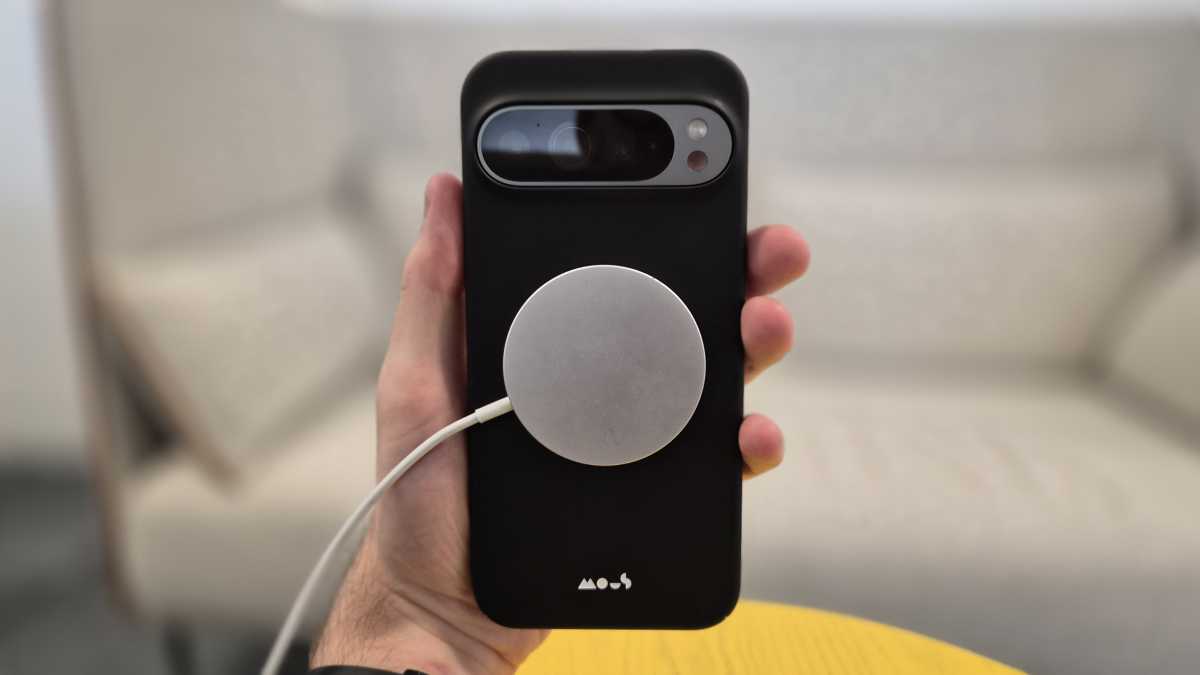
Anyron Copeman / Foundry
…making it much more confusing for consumers
The influx of new accessories could quickly lead to saturation in the Qi2 accessory market. It also makes the decision on which accessory to buy much more difficult.
Of course, the safest bet will be to buy an official accessory from the company that made your phone. Indeed, Google has already launched a few alongside the Pixel 10 series.
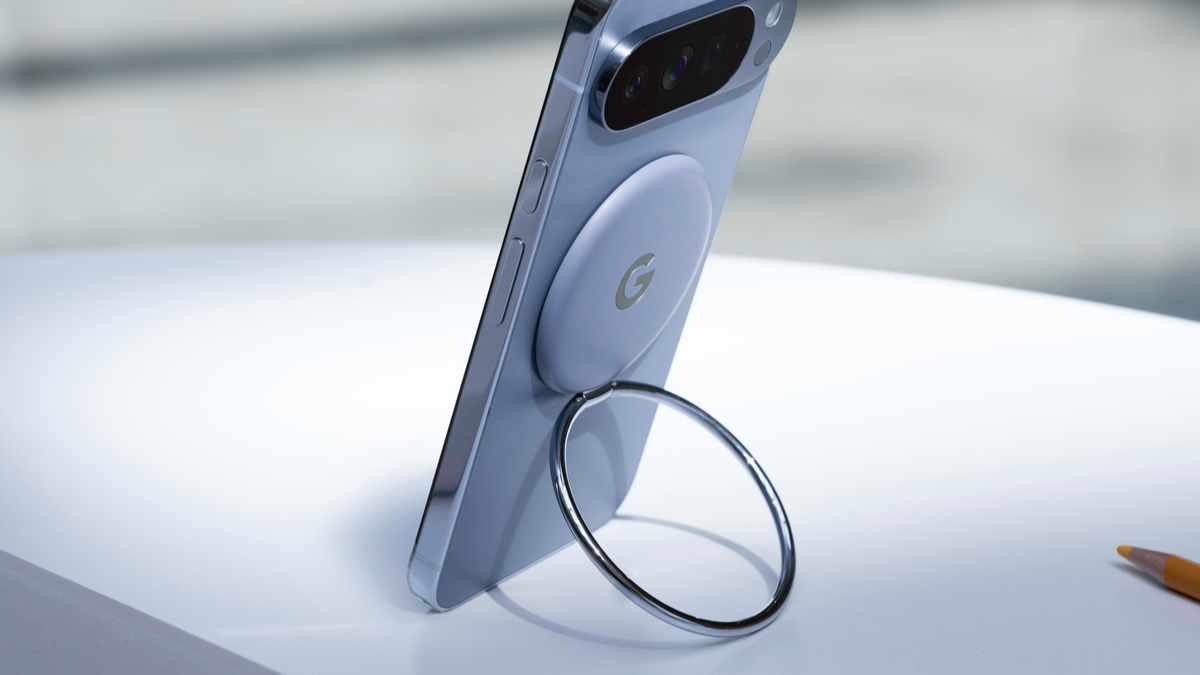
But if you’re looking for bold colours or out-there, innovative designs, you might find something you prefer from a dedicated accessory maker. The catch here is that these might not always be compatible with your phone or hit maximum charging speeds, so you’ll need to be careful.
MagSafe, Pixelsnap and Qi2 all broadly refer to the same thing, but there are key differences. It’s important to be aware of these before you buy an accessory and regret it.
The future could be portless (but not for a while)
I don’t expect phone makers to ditch the USB-C port on their phones any time soon. Even on the Pixel 10 Pro XL, the 45W wired speeds are much faster than the 25W offered by Pixelsnap, and the gap is even wider on some other handsets.
However, Qi2 support makes wireless charging a realistic long-term alternative for the first time. 25W isn’t fast, but it’ll still fully charge most phones in less than two hours.

Anyron Copeman / Foundry
Presumably, the technology will continue to improve, so it might not be long before wireless charging is on a par with wired across most handsets.
At that point, ditching the port altogether becomes a realistic proposition. And the port seems to be the main thing that’s preventing the Galaxy S25 Edge and upcoming iPhone 17 Air from being even slimmer.
As you can see, Qi2 coming to the Pixel 10 is about far more than a ring of magnets on the back of the phones. It’s a significant moment that could accelerate our progress towards a wireless charging-led future, and I’m here for it.
See more news and opinions on the Pixel 10 phones in our dedicated 2025 Google Event hub.

